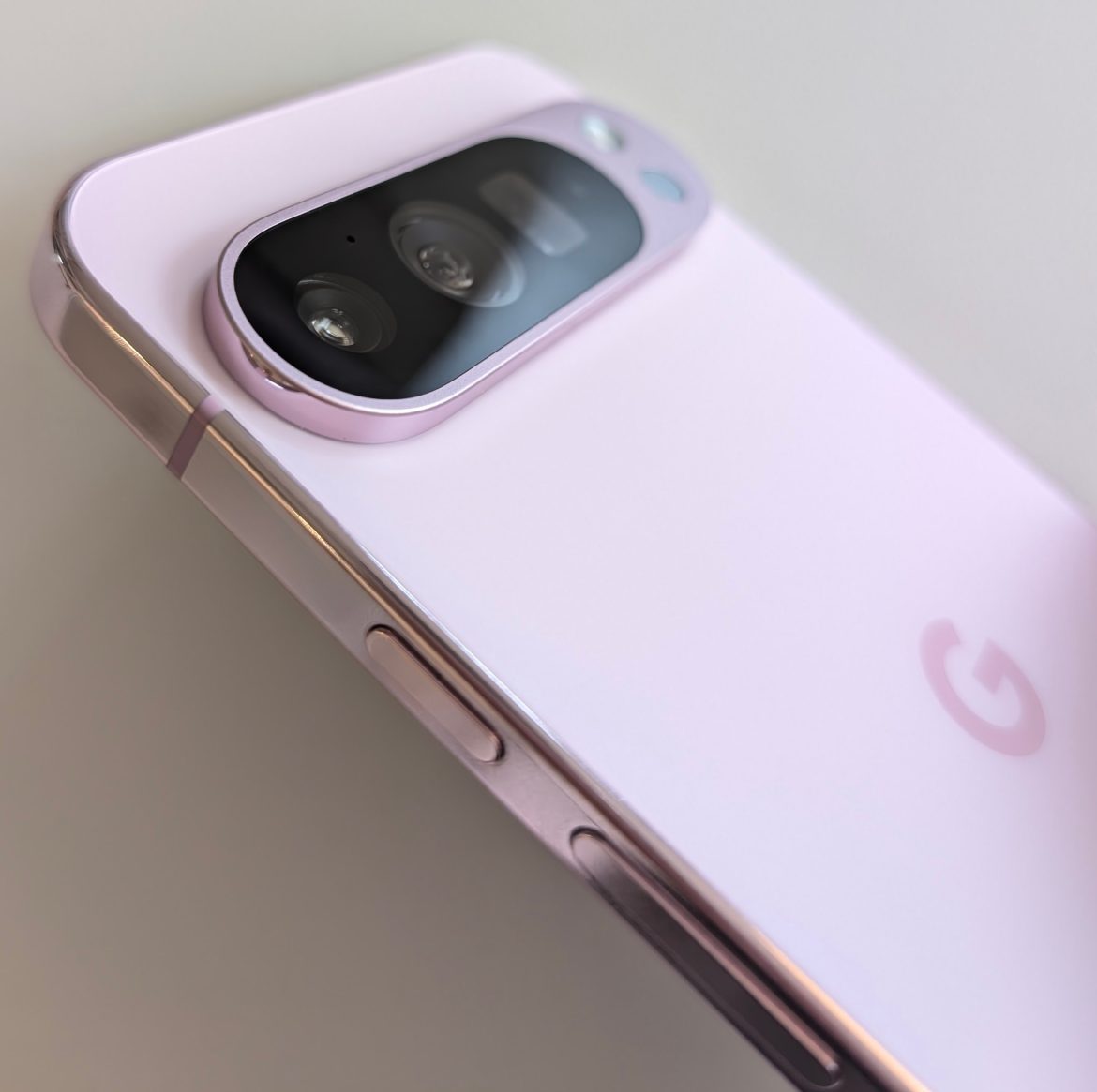TL;DR
The Pixel 9 Pro XL arrives with a sleek design featuring an aluminum frame, improved camera island, and a brighter, albeit familiar, 120Hz 6.8-inch display. Powered by the Tensor G4 chip and 16GB RAM, it offers a fluid experience and boasts better battery life. Charging speeds are improved with up to 37W support, but this is highly dependent on using Google's specific chargers. Camera hardware is largely the same as the 8 Pro, with minor upgrades to the ultra-wide and selfie cameras, offering marginal but present improvements in low-light and zoom capabilities, alongside AI-powered editing tools like "add me" to group photos. The highly touted AI features, however, are a mixed bag, with many not fully functional or available in all languages, though Gemini Live and image generation/editing tools show promise. Discover if these advancements are enough to make the leap!
Google advanced the release of its flagship Pixel series this year, launching the latest models a couple of months ahead of the previous year’s schedule. The naming conventions and device sizes have also seen some adjustments. Last year’s lineup included the Pixel 8 (6.2-inch screen) and the Pixel 8 Pro (6.7-inch screen).
This year, Google has revised its naming strategy, starting with the Pixel 9 (6.3-inch screen). The Pro models now come in two sizes: the Pro (6.3-inch screen) and the Pro XL (6.8-inch screen), which we will examine in this review. The Pro XL corresponds to last year’s Pixel 8 Pro in terms of size.
Another notable difference is the separation of the phone release from the launch of a new Android version. This year’s models are launching with Android 14, the same version as last year’s phones. Android 15 is anticipated to arrive in mid-October.
Design
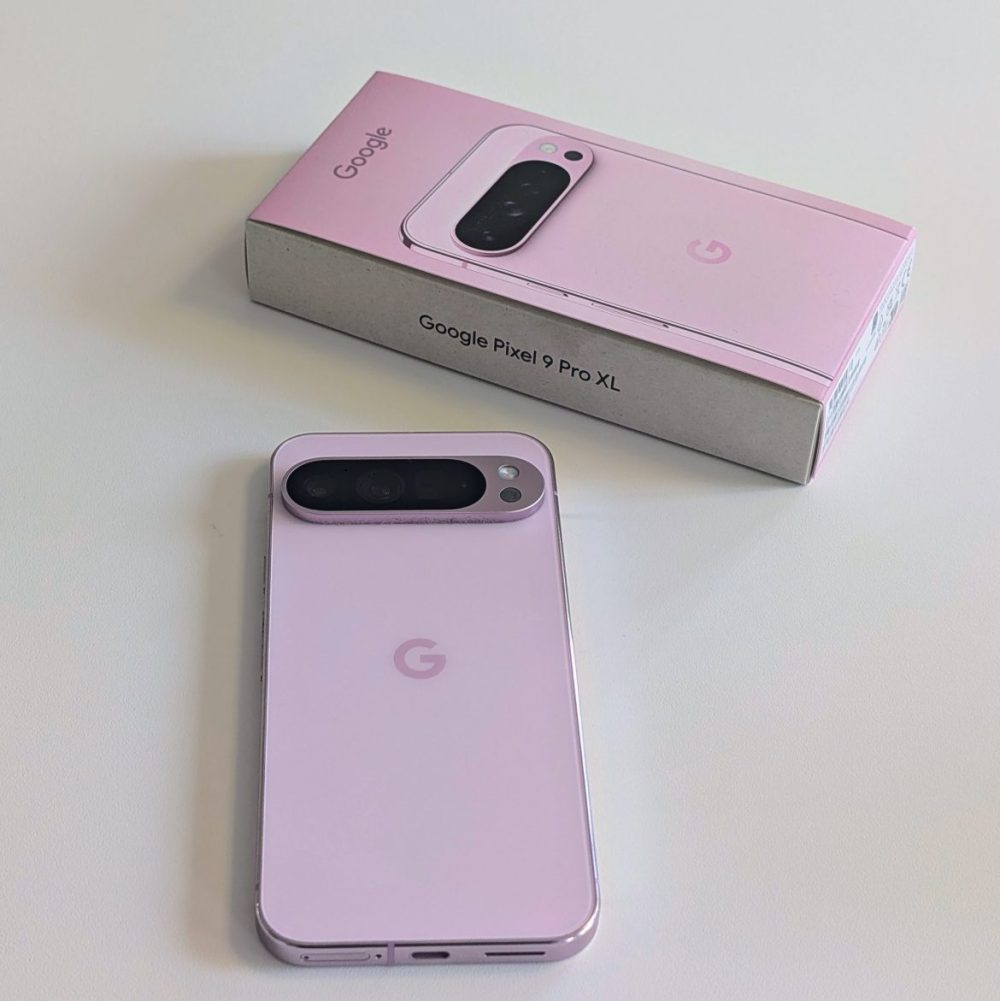
The phone features an aluminum frame with straight edges and rounded corners. It measures 162.8 x 76.6 x 8.5 millimeters and weighs 221 grams. Despite the slightly larger 6.8-inch screen, it maintains the same overall dimensions as last year’s Pixel 8 Pro, which had a 6.7-inch screen.

The camera array is now housed within a distinct “island,” a departure from the full-width design of previous models. Aesthetically, it shares similarities with the iPhone design language. The build quality exudes a premium feel, with precisely fitted buttons that provide satisfying tactile feedback.
The front and back of the device are constructed from glass, protected by Gorilla Glass Victus 2. The phone boasts an IP68 rating for water and dust resistance. Google claims that the device is twice as durable as its predecessors. The fingerprint reader has been upgraded to a more responsive ultrasonic sensor.
Screen
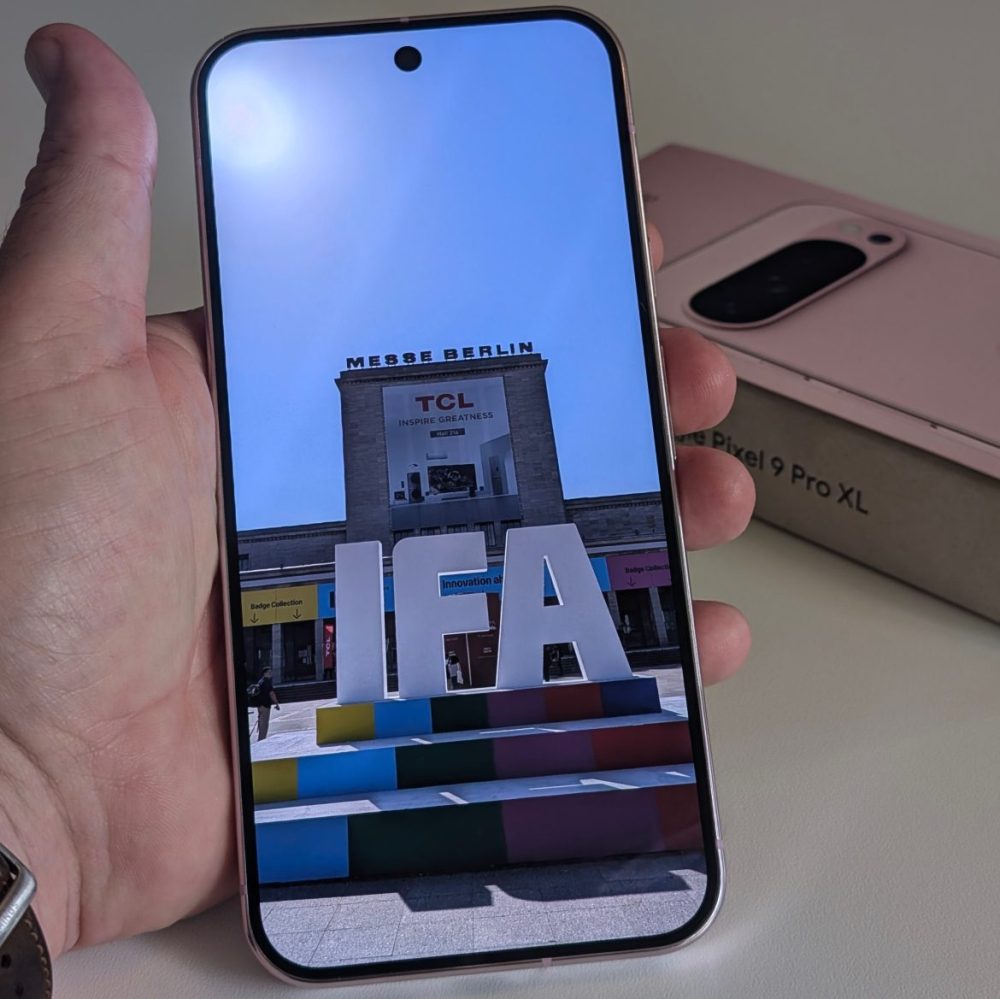
The display retains the same 1344×2992 pixel resolution as before, resulting in a pixel density of 486 ppi. The 9 Pro XL’s screen features a maximum refresh rate of 120Hz, dynamically adjusting between 1Hz and 120Hz to optimize battery consumption.
This screen is the brightest we’ve tested, with Google claiming a peak brightness of 3000 nits, surpassing the Pixel 8 Pro’s 2400 nits. HDR10 and HDR10+ are supported, though Dolby Vision is not.
Performance
Google has equipped the Pro models with a generous 16 GB of RAM. The CPU is the updated Google Tensor G4, specifically engineered for enhanced AI processing. While Pixel phones have historically underperformed in synthetic benchmark tests, they consistently deliver a fluid and responsive user experience in real-world usage.
Battery and Charging
The battery capacity is 5060mAh, virtually identical to the Pixel 8 Pro. A recurring point of critique for Google phones has been the lack of truly fast charging. This has been somewhat addressed this year; when using a compatible charger (e.g., Google’s 45W charger), the phone can charge at up to 37W. With the appropriate charger, it reaches 70% charge in approximately 30 minutes and a full charge in just over an hour.
However, a significant limitation exists. Very few chargers, apart from Google’s own, are capable of delivering power according to Google’s specifications. Users should not expect older chargers (or even newly purchased ones with ratings exceeding 45W) to charge the phone particularly quickly; instead, the charging rate will likely be around 23-27W. Our testing with approximately 10 different chargers in the office, all rated above 45W and capable of fast-charging other devices, revealed that none could adequately fast-charge the Google Pixel 9 Pro XL.
Once fully charged, the battery life is commendable, exhibiting a noticeable improvement over previous models, and easily providing a day or two of usage on a single charge.
Cameras
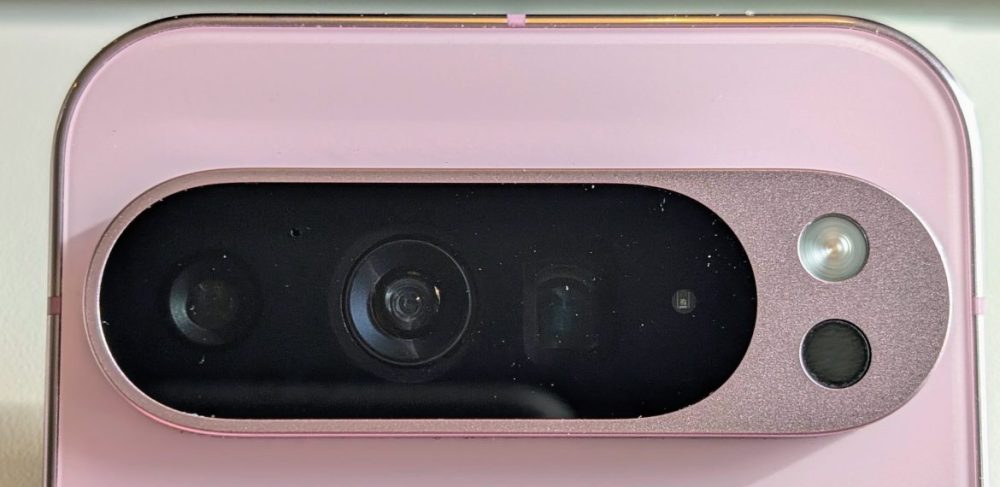
The camera system closely resembles that of last year’s Pixel 8 Pro, with the exception of an ultra-wide-angle camera featuring a slightly smaller sensor but a wider aperture, and a 42MP selfie camera (up from 10MP). The detailed camera specifications are as follows:
Wide-angle (main camera): 50 MP, f/1.68, 24 mm.
Ultra-wide-angle: 48 MP, f/1.7, 12 mm.
Telephoto/zoom 5x: 48 MP, f/2.8, 110 mm.
Selfie: 42 MP, f/2.2, 18 mm.
Consistent with previous Pixel generations, the phone captures excellent images across a range of conditions, including well-lit and low-light environments, zoom photography, and portrait shots. The image quality is generally high. However, the improvement over the Pixel 8 Pro (or even the Pixel 7 Pro) is marginal.
We’ll begin by comparing daylight images side-by-side with those taken by the Pixel 8 Pro.
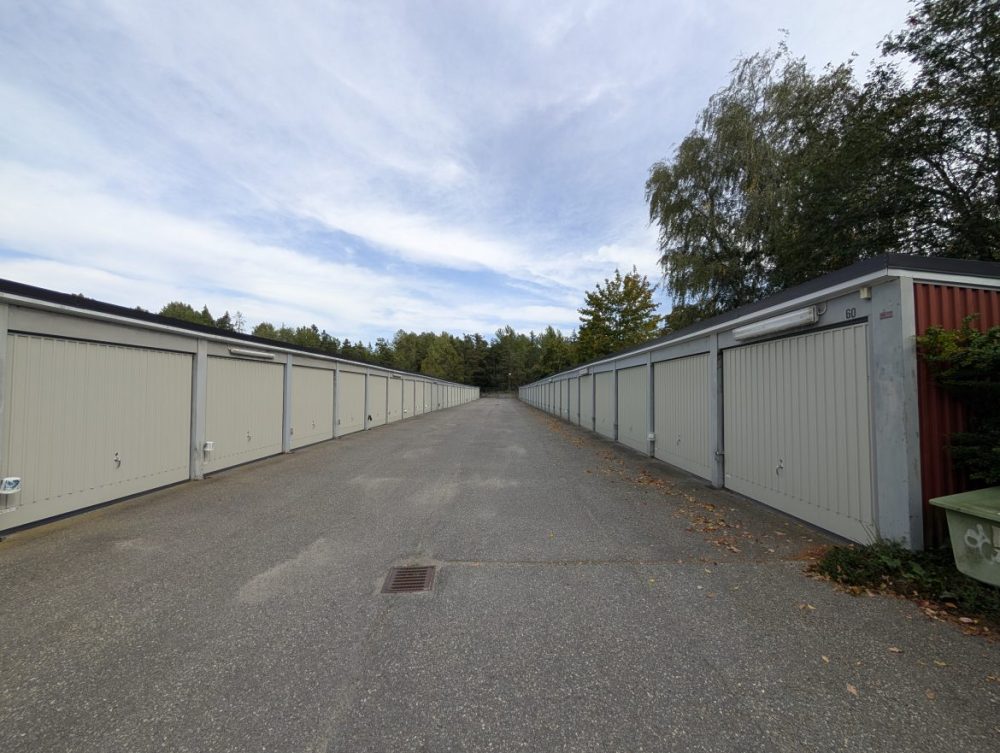
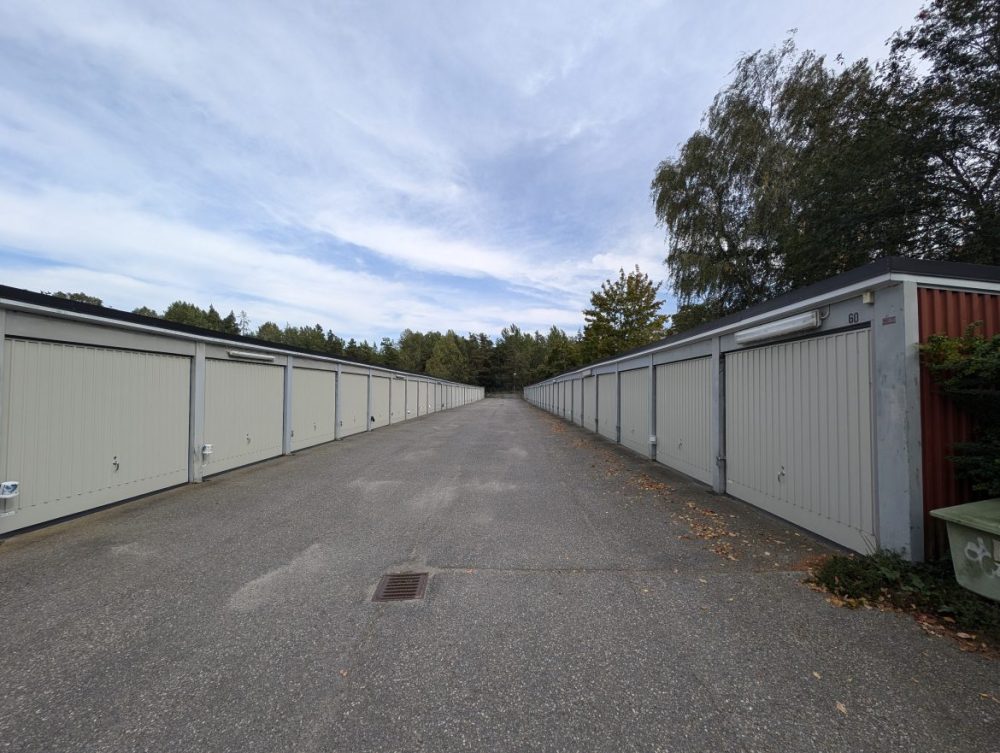
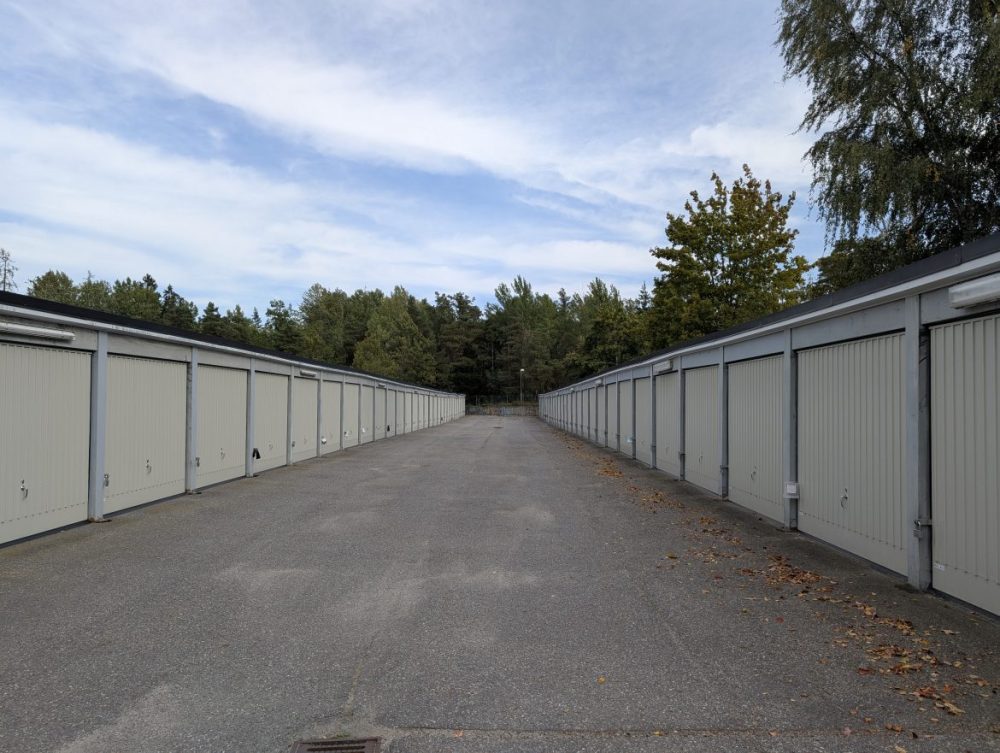
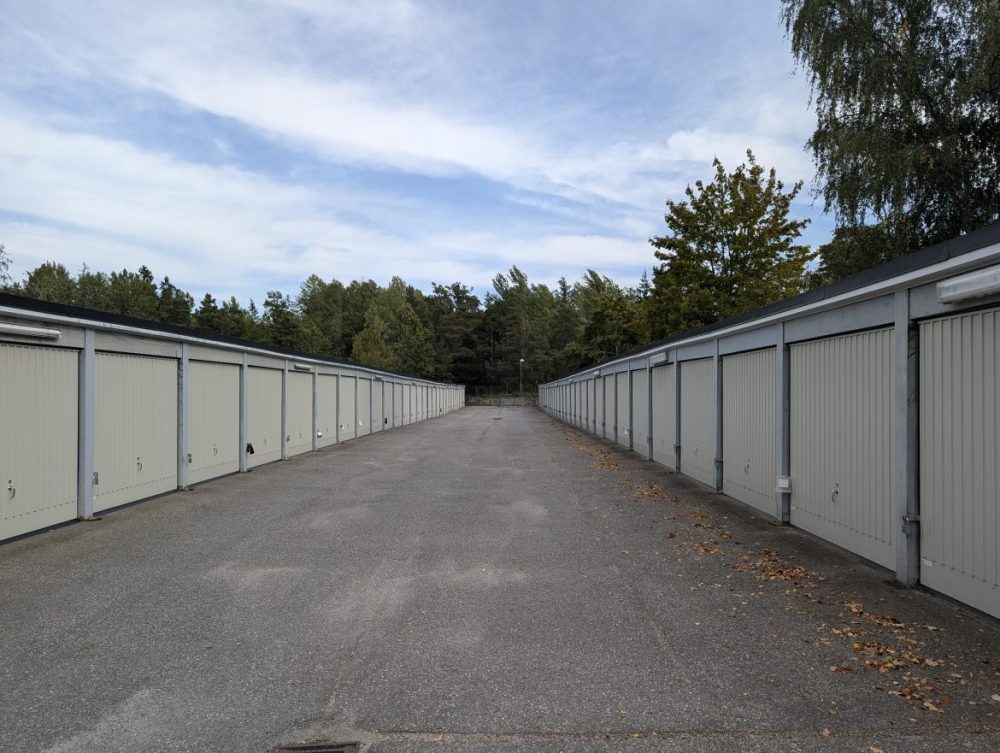
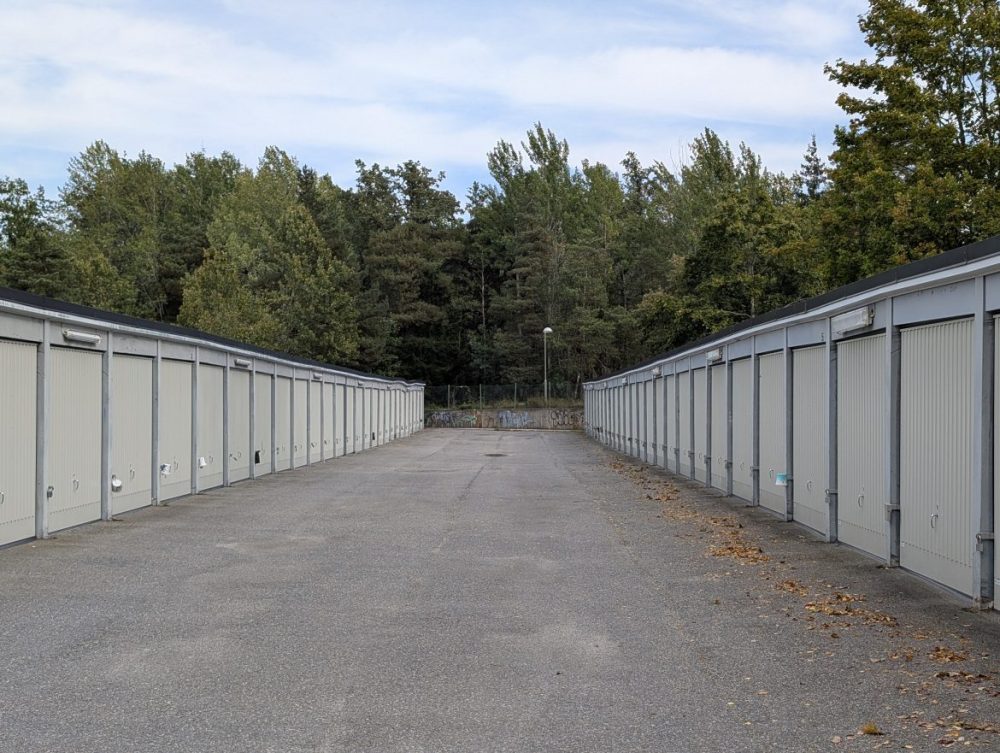
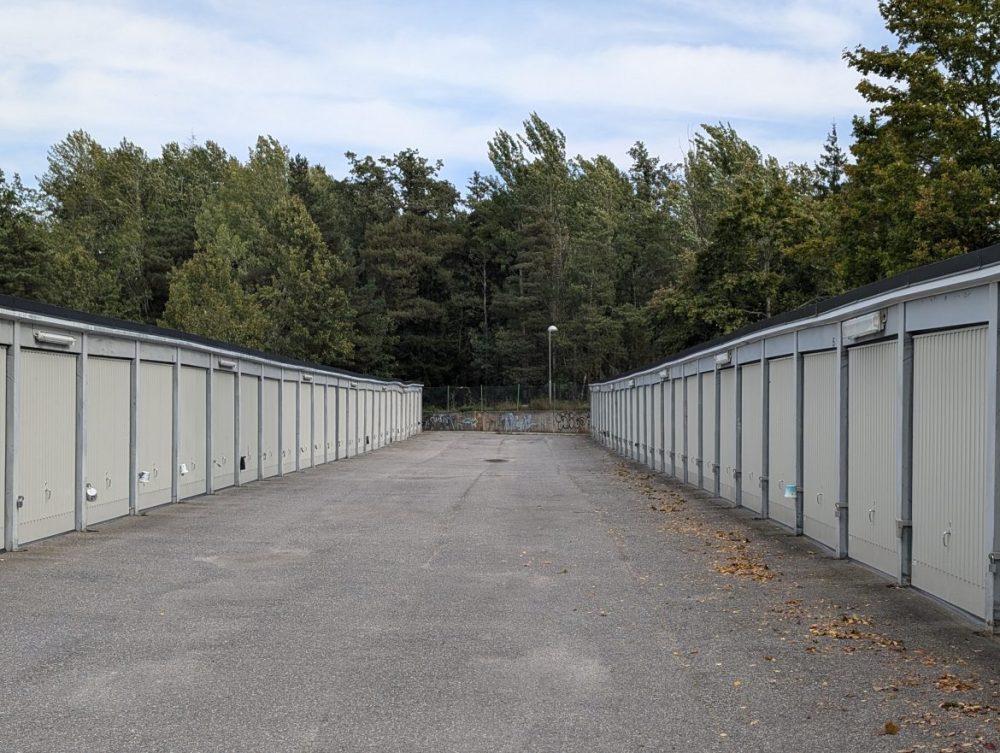

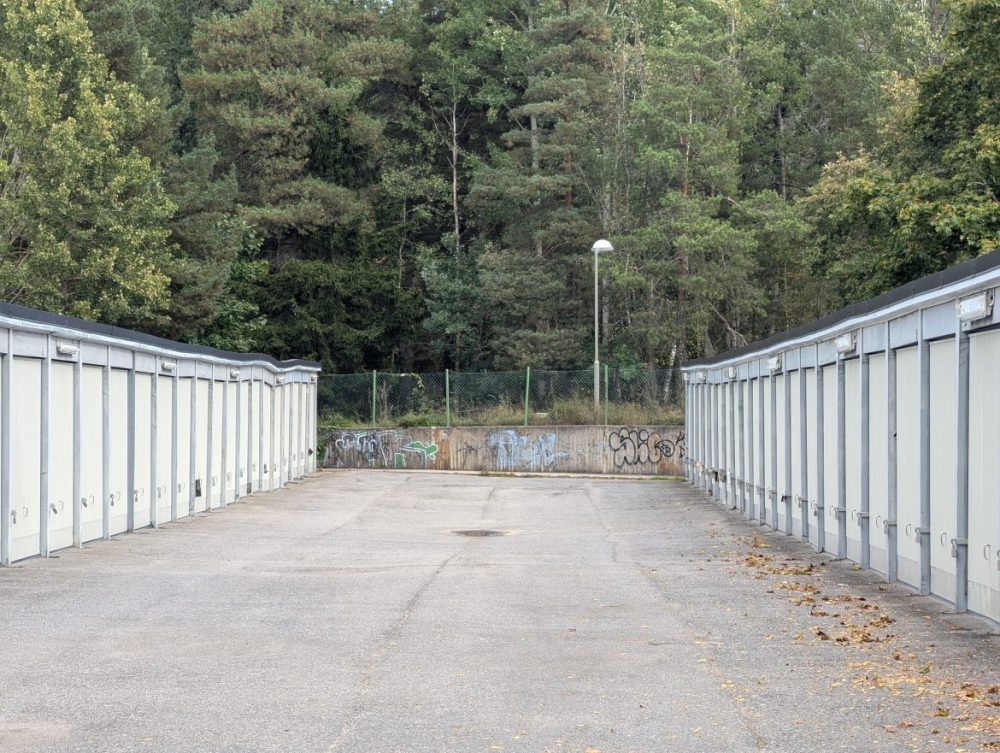


As demonstrated by the images, the results are remarkably similar, with the exception of the 30x zoom shot where the Pixel 9 Pro XL appears to apply some form of sharpening.
The following are corresponding images captured in very dark conditions, utilizing night mode:
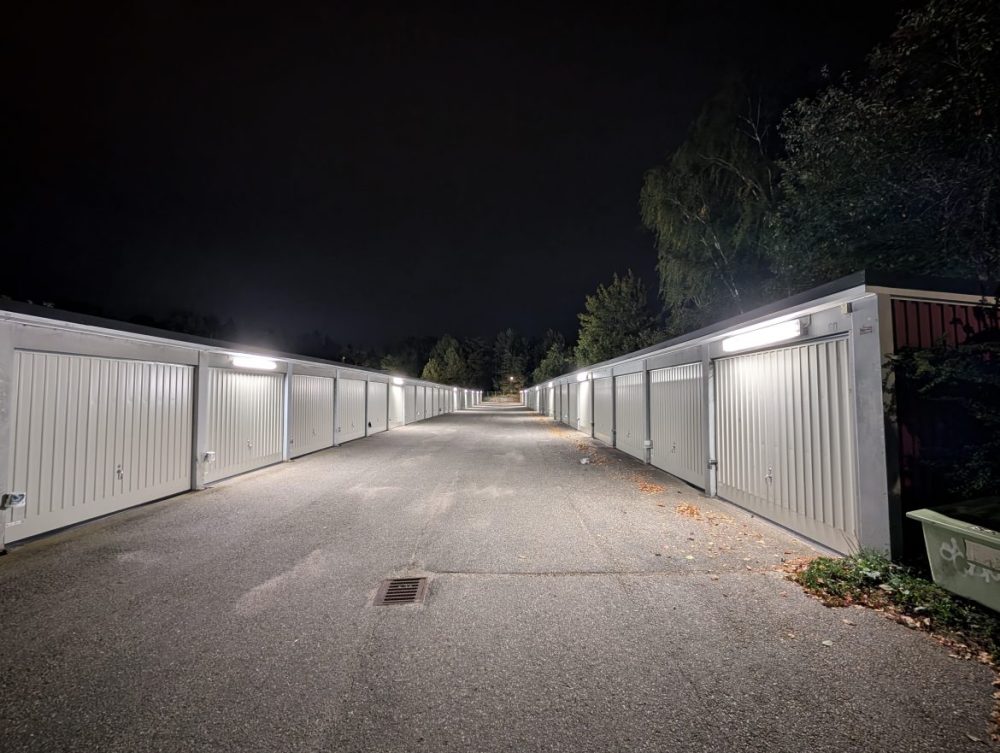
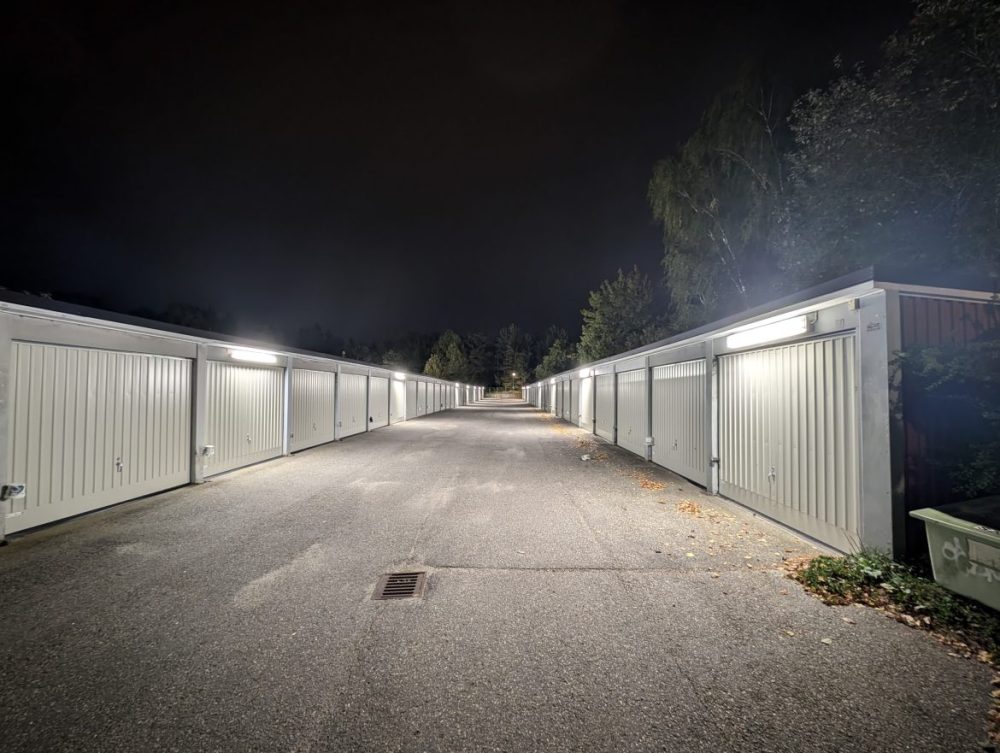
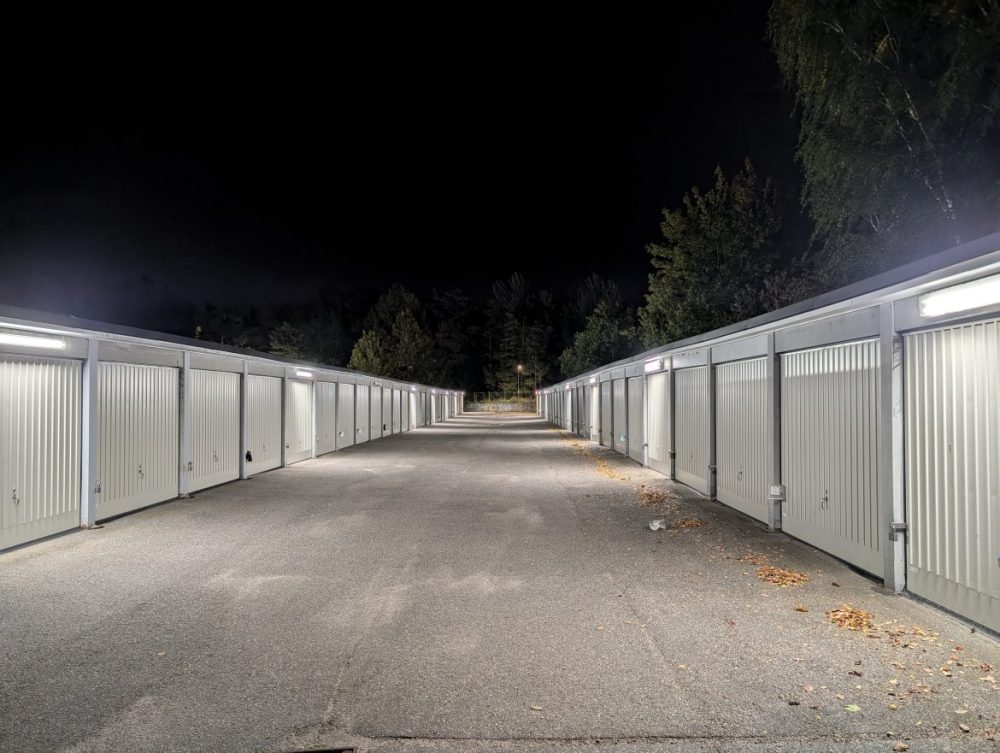
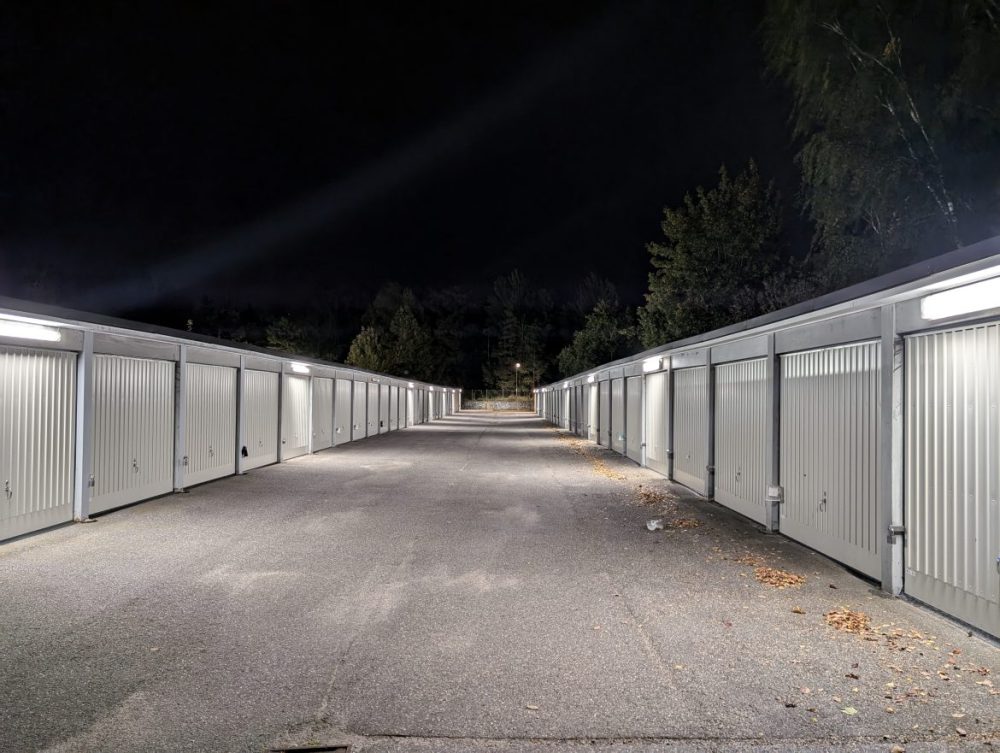
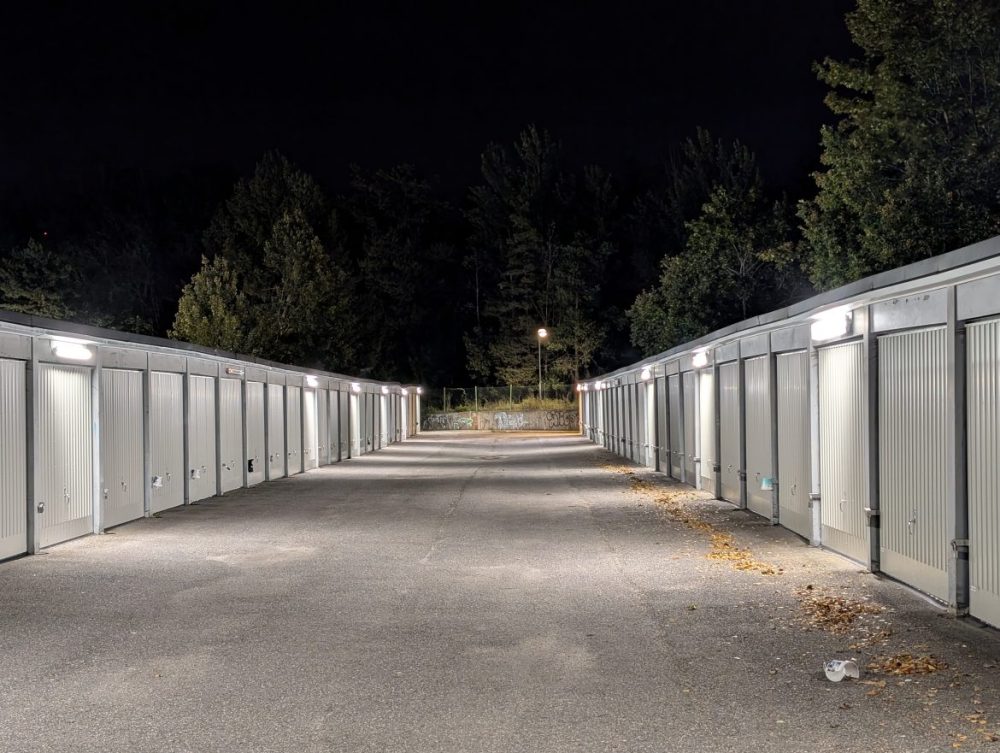
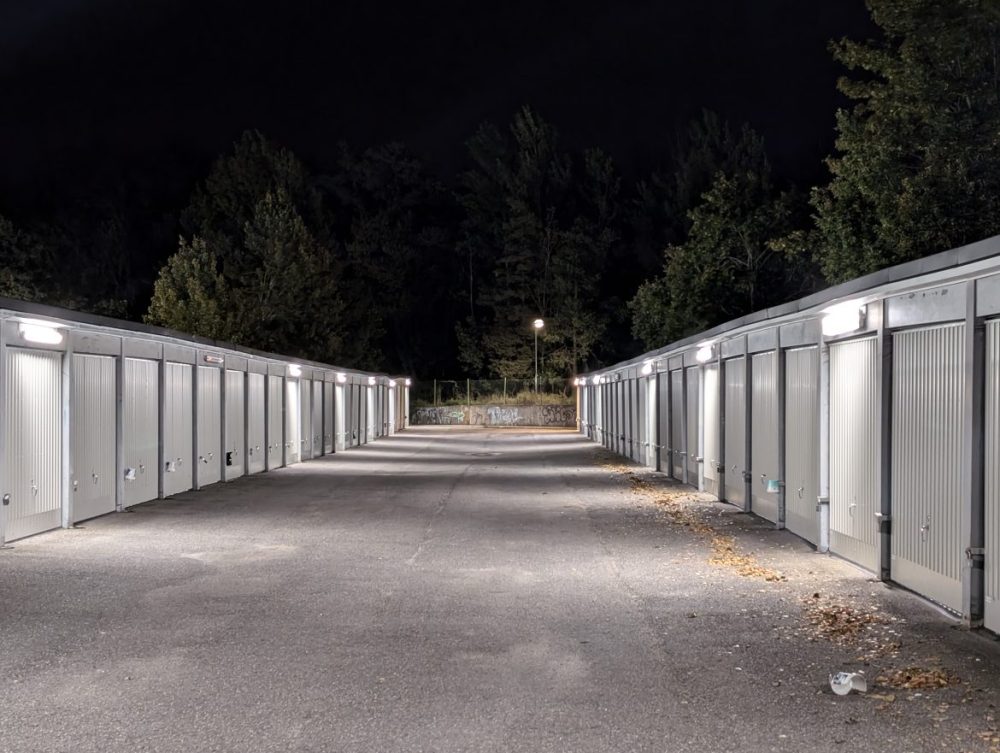
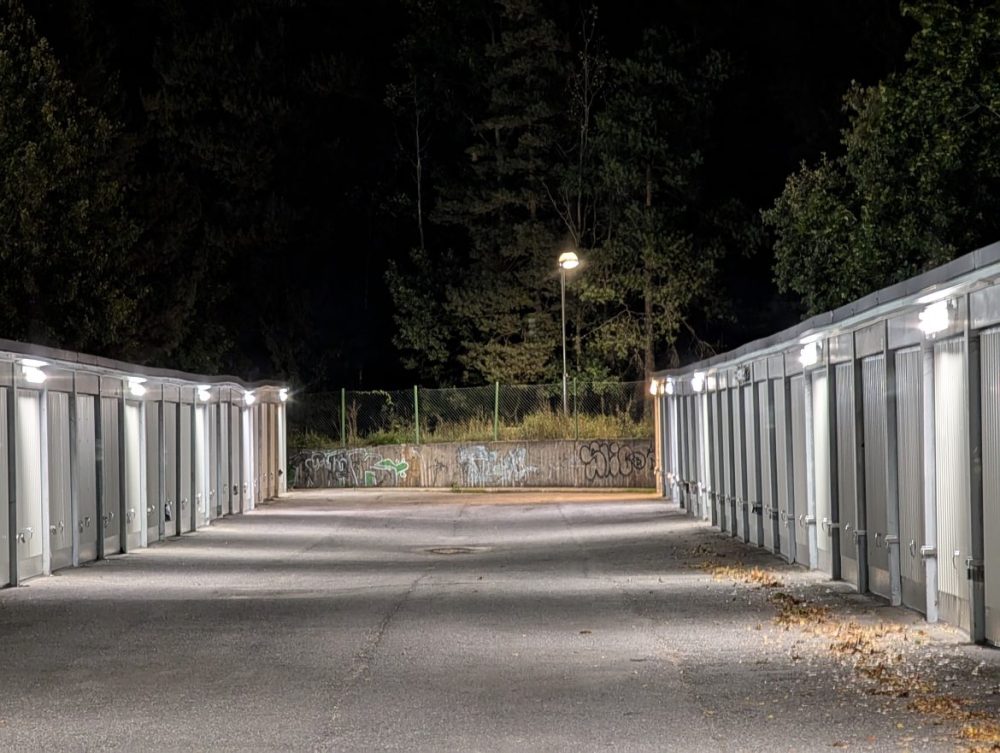
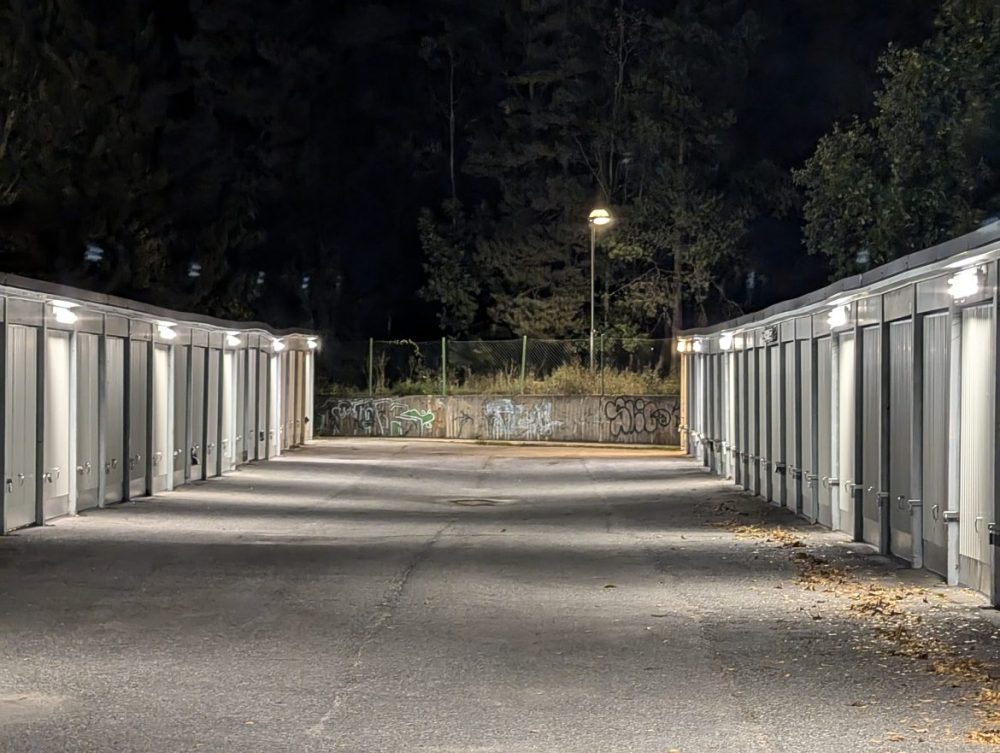


Even in night mode, the distinctions remain subtle. The ultra-wide-angle images from the Pixel 9 Pro XL exhibit slightly better handling of light sources. The 5x zoom image from the Pixel 8 Pro shows some ghosting artifacts around lights, which is atypical and not observed in the Pixel 9 Pro XL images, suggesting that the software processing on the Pixel 9 Pro XL offers an improvement, even with similar hardware.
Google continues its tradition of introducing new features in the camera app. Building on last year’s object removal capabilities, this year’s focus is on object addition. The “add me” function allows users to include themselves in group photos. After taking a group photo, another person can take a photo with the original photographer now in the group, and the camera will seamlessly add the photographer to the original image.

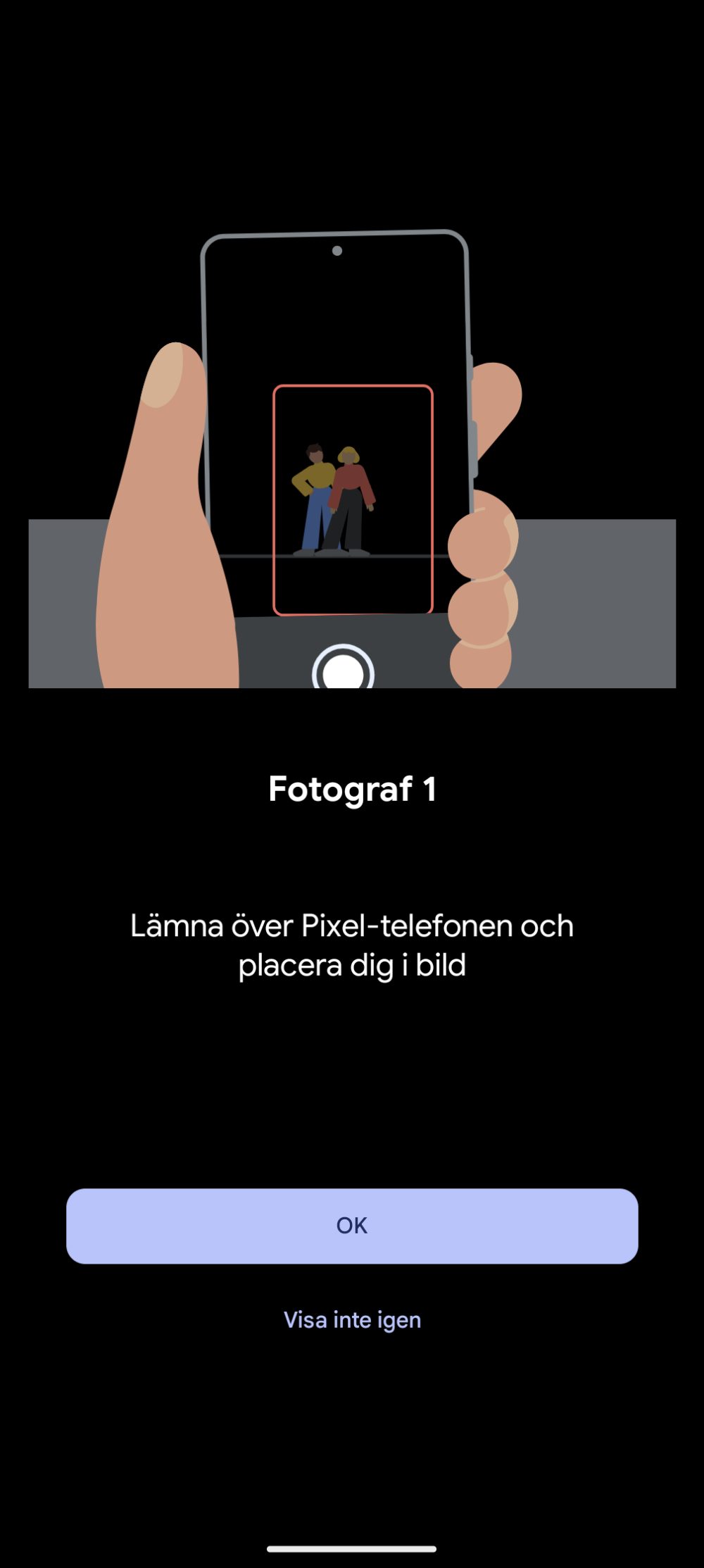
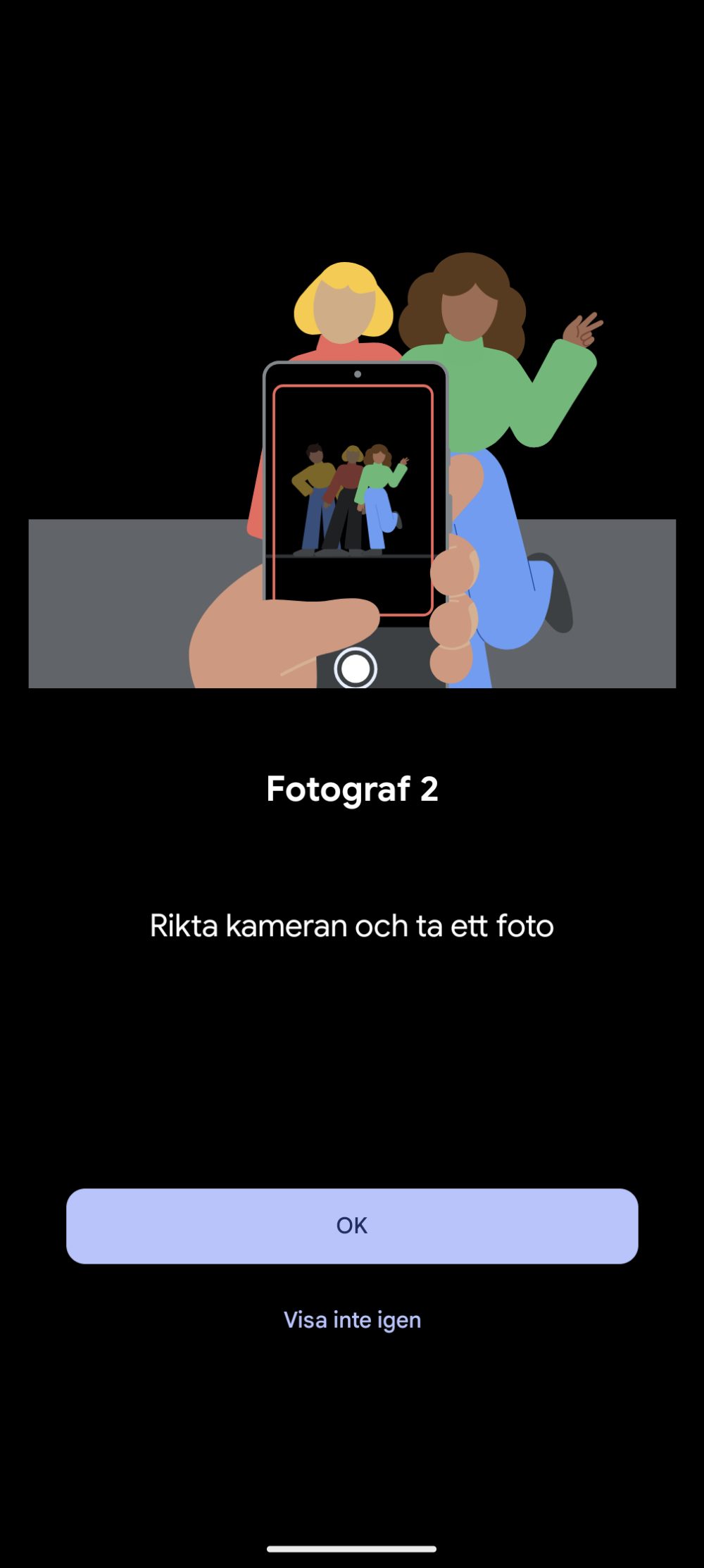
The feature functions reasonably well, provided subjects remain stationary and the scene is relatively unobstructed. While its practical application may be infrequent, its inclusion is a welcome addition.
The panorama function has also received an upgrade, incorporating enhanced visual cues to guide users in correctly moving the phone to ensure optimal image quality.
The following is a gallery showcasing a selection of photographs captured during our testing period. These images represent typical “point and shoot” scenarios.
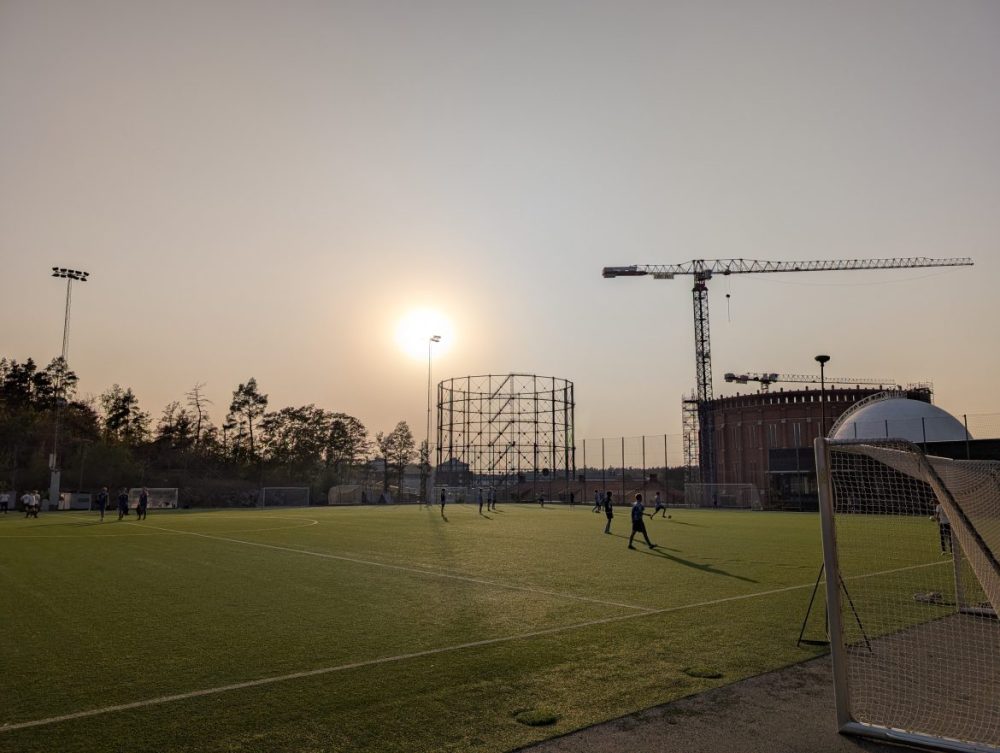


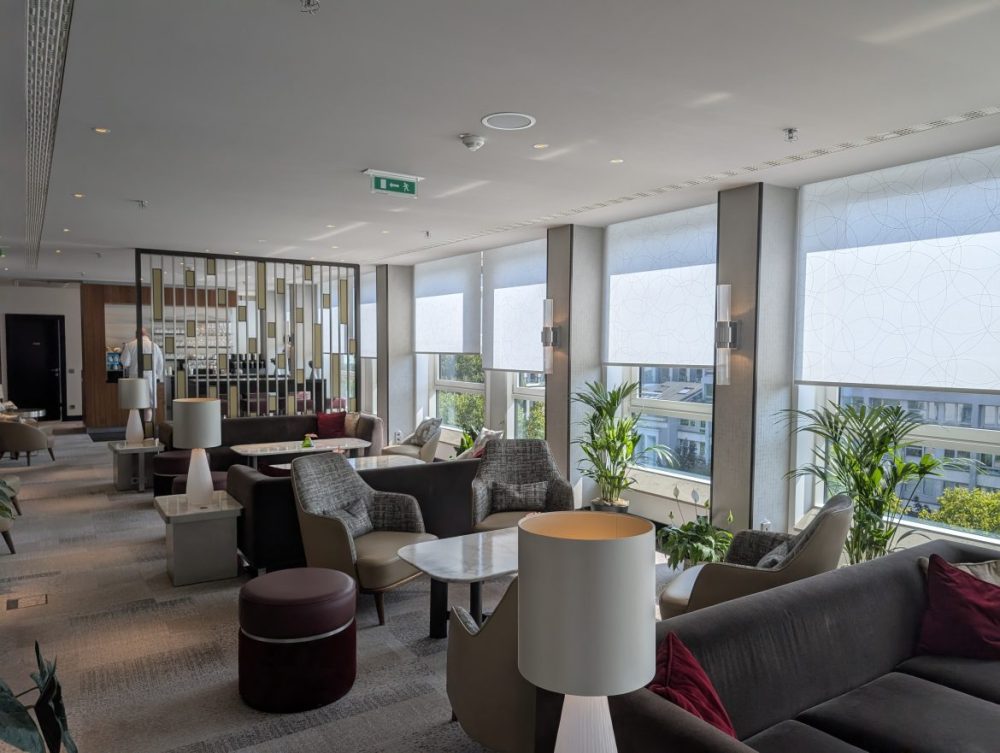
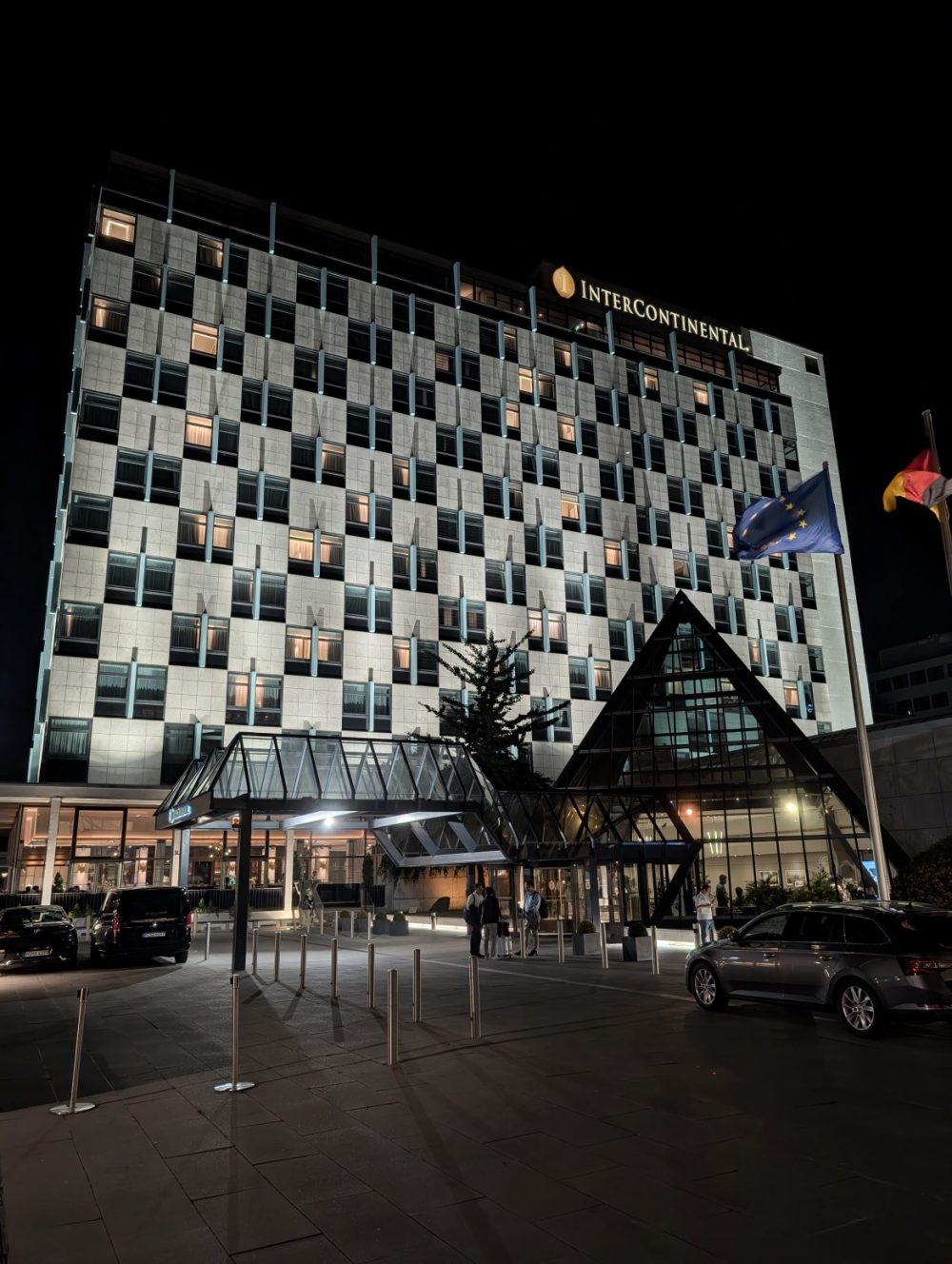


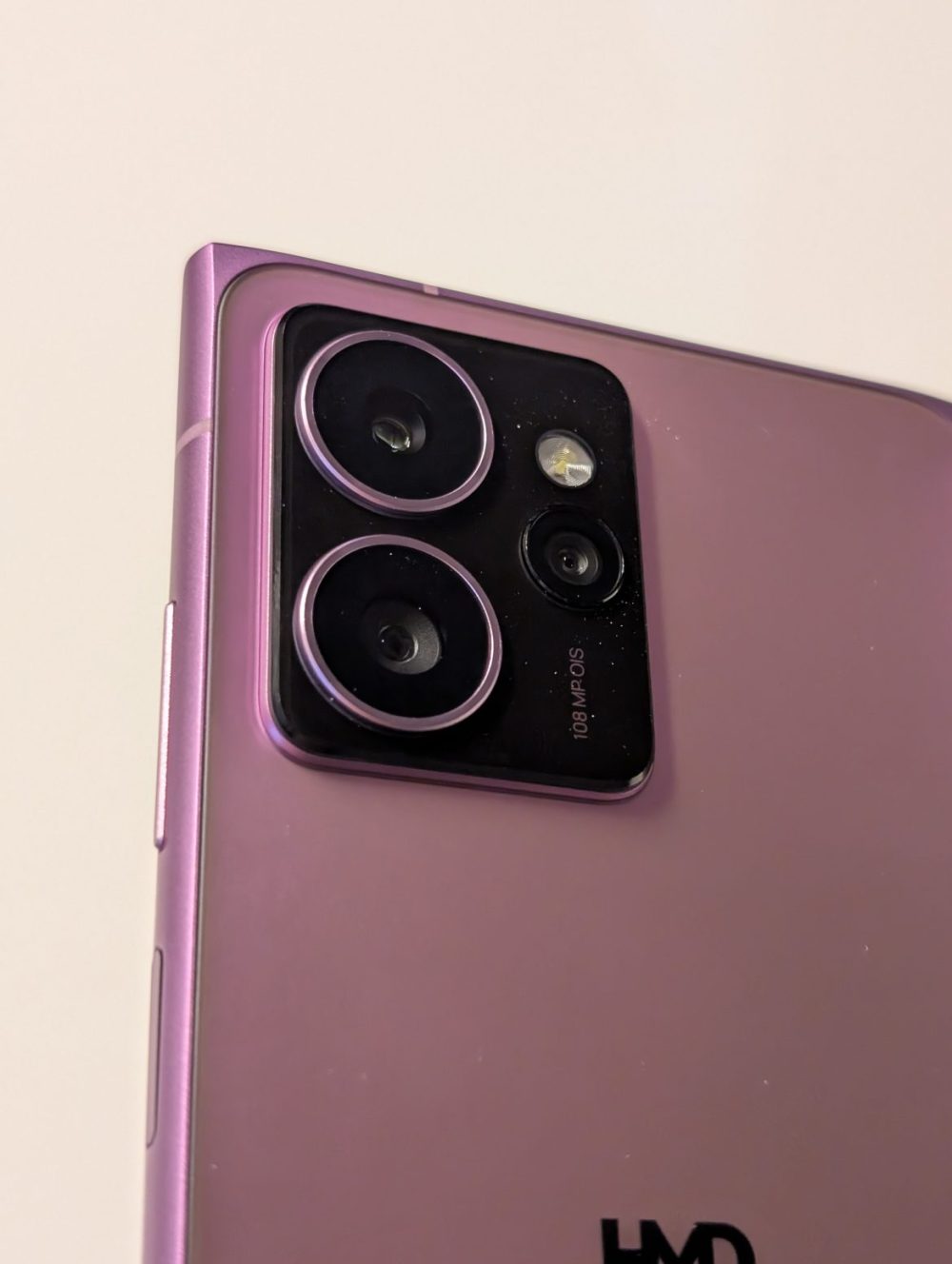

AI-Functions
The AI capabilities of the Pixel 9 Pro XL represent a potentially significant aspect of this review, given Google’s emphasis on AI during the phone’s unveiling. The presentation highlighted a suite of AI-powered features, including an advanced voice-controlled assistant, an app designed to index and enable search functionality for screenshots, an image creation app, an updated weather app enhanced by AI, and significant advancements in image editing, such as zoom enhancement and AI-assisted image manipulation.
However, upon receiving the phone, the reality proved somewhat anticlimactic. A significant portion of the advertised AI features are either not yet supported in Swedish or entirely unavailable. While some functions can be accessed by switching the phone’s language to English, this workaround does not unlock all features.
We will cover the AI features that are currently functional. We begin with Gemini Live, a voice-controlled interface akin to ChatGPT. The phone includes a one-year subscription to Gemini Live, after which Google will implement a charge. Predicting the future cost is difficult, but the current price is 255 SEK/month, including 2 TB of storage across Google Drive/Photos/Gmail. Although Gemini Live does not fully support Swedish, interacting with it in Swedish generally yields satisfactory results.
Here is an example:
The ‘Transform’ function allows users to modify or add elements to images using generative AI. For example, consider this picture of a football pitch at sunset:
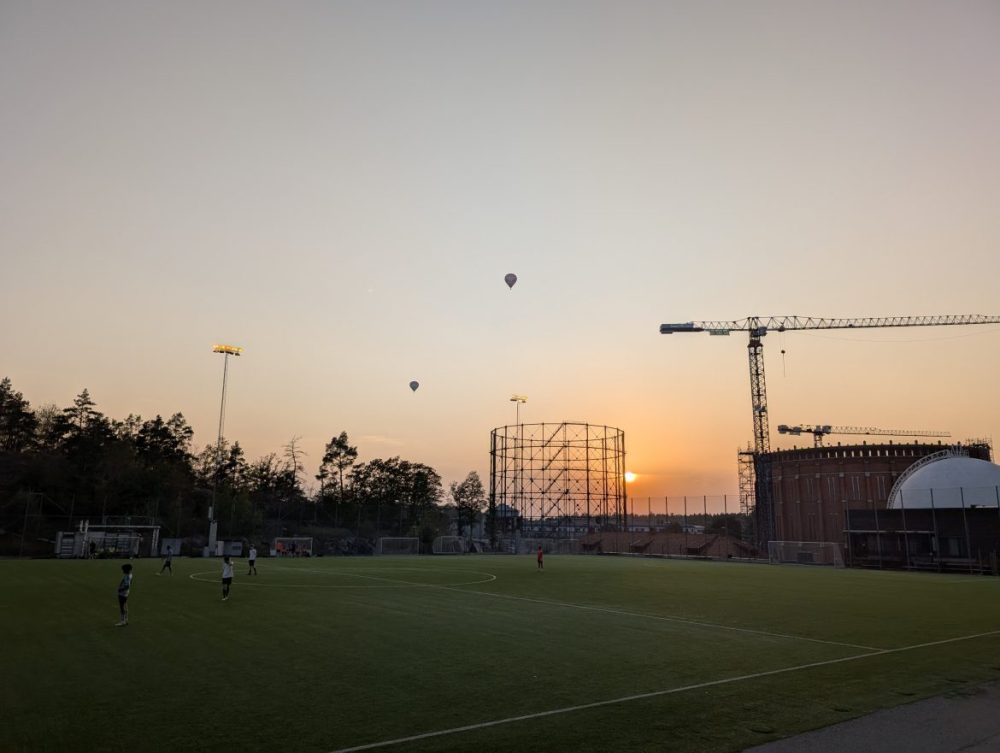
If we decide that the scene requires a cow on the pitch:

Google’s AI readily obliges:
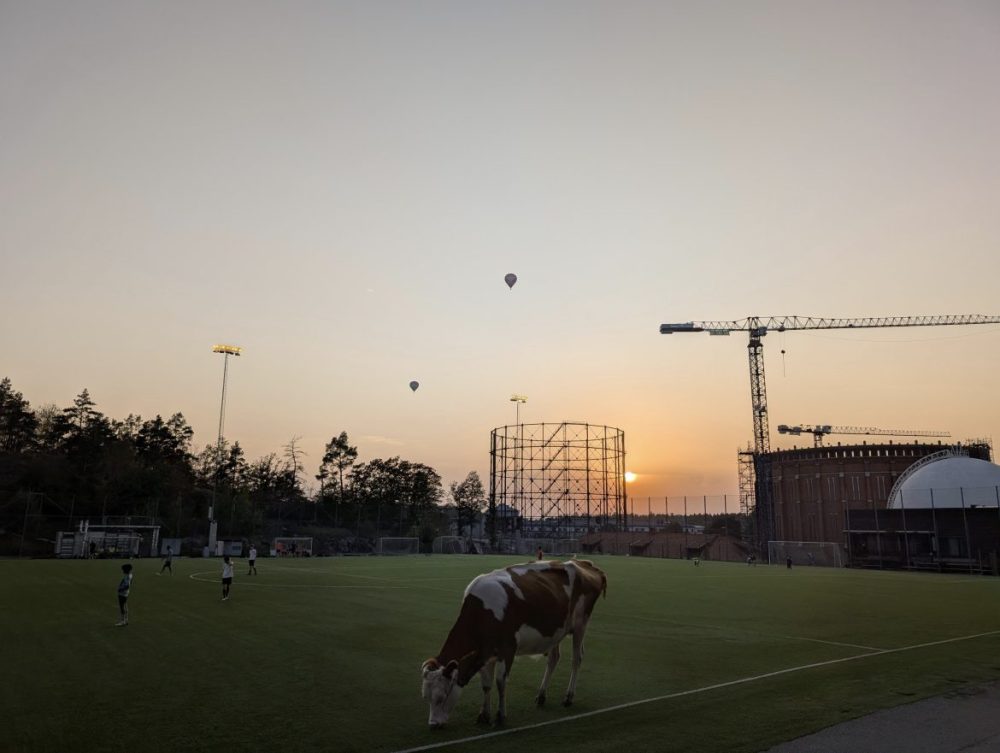
While modifications involving people are restricted, the overall utility of this function is debatable, it remains an undeniably entertaining feature.
Another new function is “Zoom optimization,” which employs AI to enable extreme zoom levels in images. Imagine a scenario reminiscent of the “CSI-zoom” effect popularized in movies two decades ago. Taking the football pitch image from above, we zoom in as far as possible on the left hot air balloon and activate “Zoom optimization”:
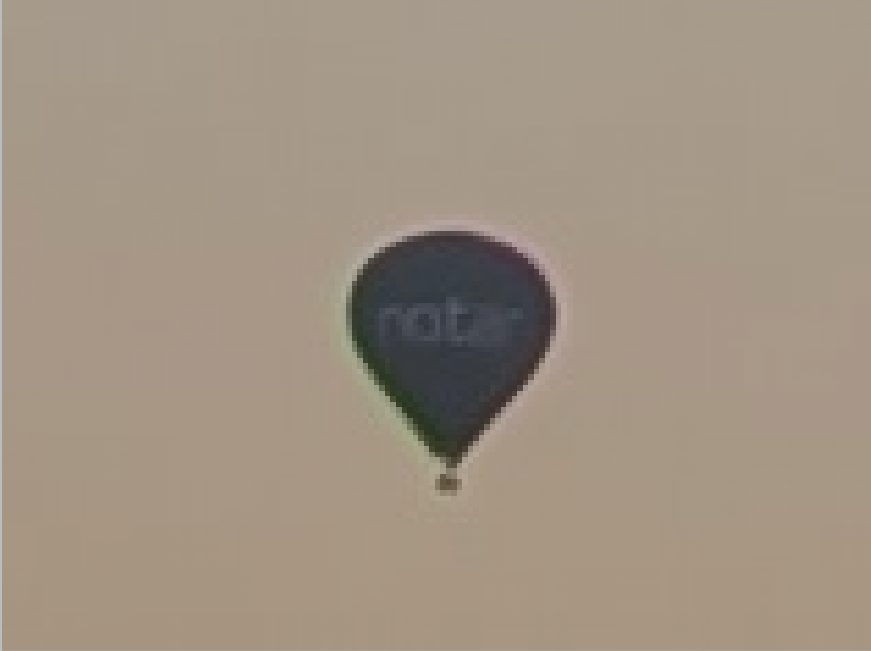
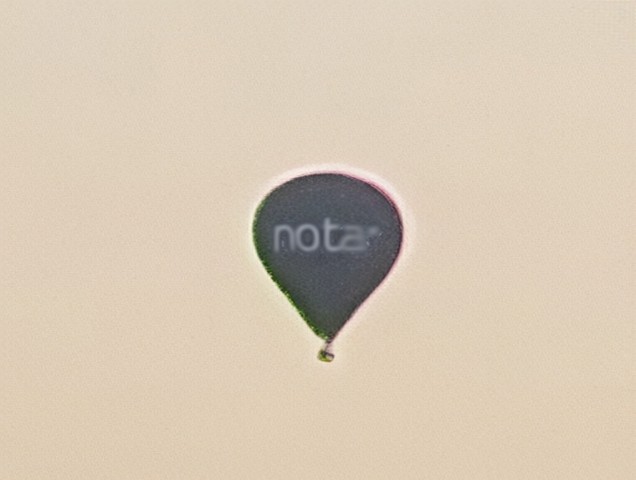
While the image quality does improve, users should not expect miraculous results.
The “Automatic composition” function uses generative AI to alter the image composition. The original image is displayed on the left, and the AI-modified version is on the right. Google’s AI determined that the photographer should have stepped back to capture a wider field of view and used generative AI to fill in the missing elements. The result is not necessarily a faithful representation of reality but a digitally enhanced composition designed to improve the overall image aesthetic.

Pixel 9 Pro XL: Sleek design and smart AI features, but a marginal upgrade nonetheless.
The Goods
- Extremely bright display.
- Several smart AI features such as Gemini Live and functions for editing images.
- Faster charging than previous models.
- Excellent camera quality with improved wide-angle and selfie cameras, and new features like "add me."
- It's very stylish and feels "premium."
- Lightning-fast and reliable fingerprint reader.
- Good battery life.
- Seven years of updates.
The Bads
- Many of the new AI features are either unavailable or do not function optimally in Swedish.
- It is too expensive.
- Few third-party chargers are capable of achieving fast charging.
- Gemini Live will incur costs after one year.
